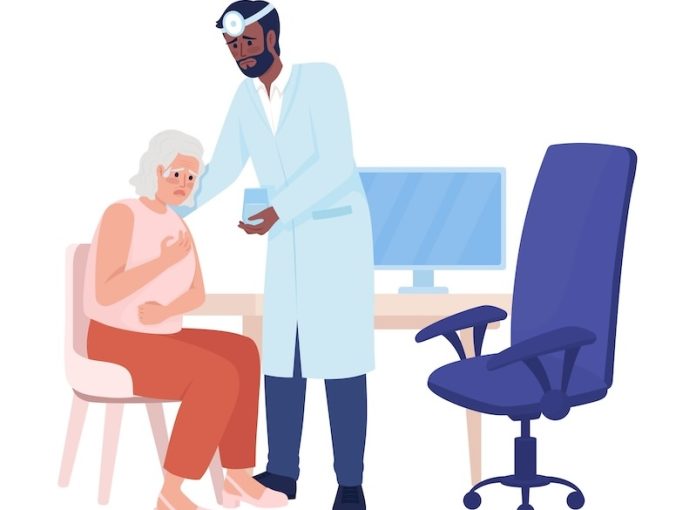
Parkinson’s disease is a complex and progressive brain disorder that primarily affects movement. People with Parkinson’s often experience tremors, stiffness, and difficulty with balance and coordination.
As the disease progresses, it can lead to more severe physical disabilities and affect mental functions. But what causes Parkinson’s? While the exact cause is still not fully understood, research has identified several factors that may increase the risk of developing the disease.
One of the most significant findings in Parkinson’s research is the role of genetics. While the majority of Parkinson’s cases appear to occur randomly, about 10% of cases are linked to genetic factors.
Scientists have identified specific genetic mutations that can increase the risk of developing the disease. These genetic changes are often passed down through families, which explains why having a close relative with Parkinson’s increases your risk of developing it too.
Environmental factors also play a crucial role. Exposure to certain chemicals and pollutants has been linked to an increased risk of Parkinson’s. For example, people who have had prolonged exposure to pesticides and herbicides may have a higher risk of developing the disease.
This connection suggests that chemicals which affect the nervous system could trigger Parkinson’s in individuals who are genetically predisposed.
Age is another important factor. Parkinson’s primarily affects older adults, with most people developing the disease after age 60. The risk of Parkinson’s increases as you age, possibly due to the natural decline in brain cells and functions over time.
As we age, the cells that produce dopamine—a chemical that is crucial for regulating movement—begin to diminish. This reduction in dopamine is a hallmark of Parkinson’s and leads to many of its symptoms.
Interestingly, some studies suggest that lifestyle factors might influence the risk of Parkinson’s. For example, regular caffeine consumption and physical exercise have been associated with a lower risk of developing the disease.
These activities may help to protect the brain’s dopamine-producing cells, although exactly how they do this is still under investigation.
The impact of gender is also evident in Parkinson’s research. Men are more likely to develop Parkinson’s than women.
Some researchers believe that this might be due to the protective effects of estrogen, a hormone more prevalent in women, which might help shield the brain from changes that lead to Parkinson’s. However, more research is needed to fully understand this relationship.
In addition to these factors, researchers have observed that people with certain health conditions may be more likely to develop Parkinson’s.
For instance, individuals who have experienced severe head injuries, have certain metabolic diseases like diabetes, or who suffer from depression, seem to have an increased risk of Parkinson’s.
These conditions could influence brain health in ways that make Parkinson’s more likely, although the connections are complex and not entirely understood.
To sum up, Parkinson’s disease is influenced by a mix of genetic, environmental, and lifestyle factors. While we don’t yet have a full picture of what causes Parkinson’s, understanding these risk factors helps in identifying individuals at higher risk and potentially guiding prevention strategies.
Ongoing research continues to explore these connections, aiming to uncover more about why Parkinson’s develops and how it can be stopped or slowed down. This knowledge is crucial for developing better treatments and ultimately, finding a cure.
If you care about Parkinson’s disease, please read studies that Vitamin B may slow down cognitive decline, and Mediterranean diet could help lower risk of Parkinson’s.
For more information about brain health, please see recent studies that blueberry supplements may prevent cognitive decline, and results showing Plant-based diets could protect cognitive health from air pollution.
Copyright © 2024 Knowridge Science Report. All rights reserved.



